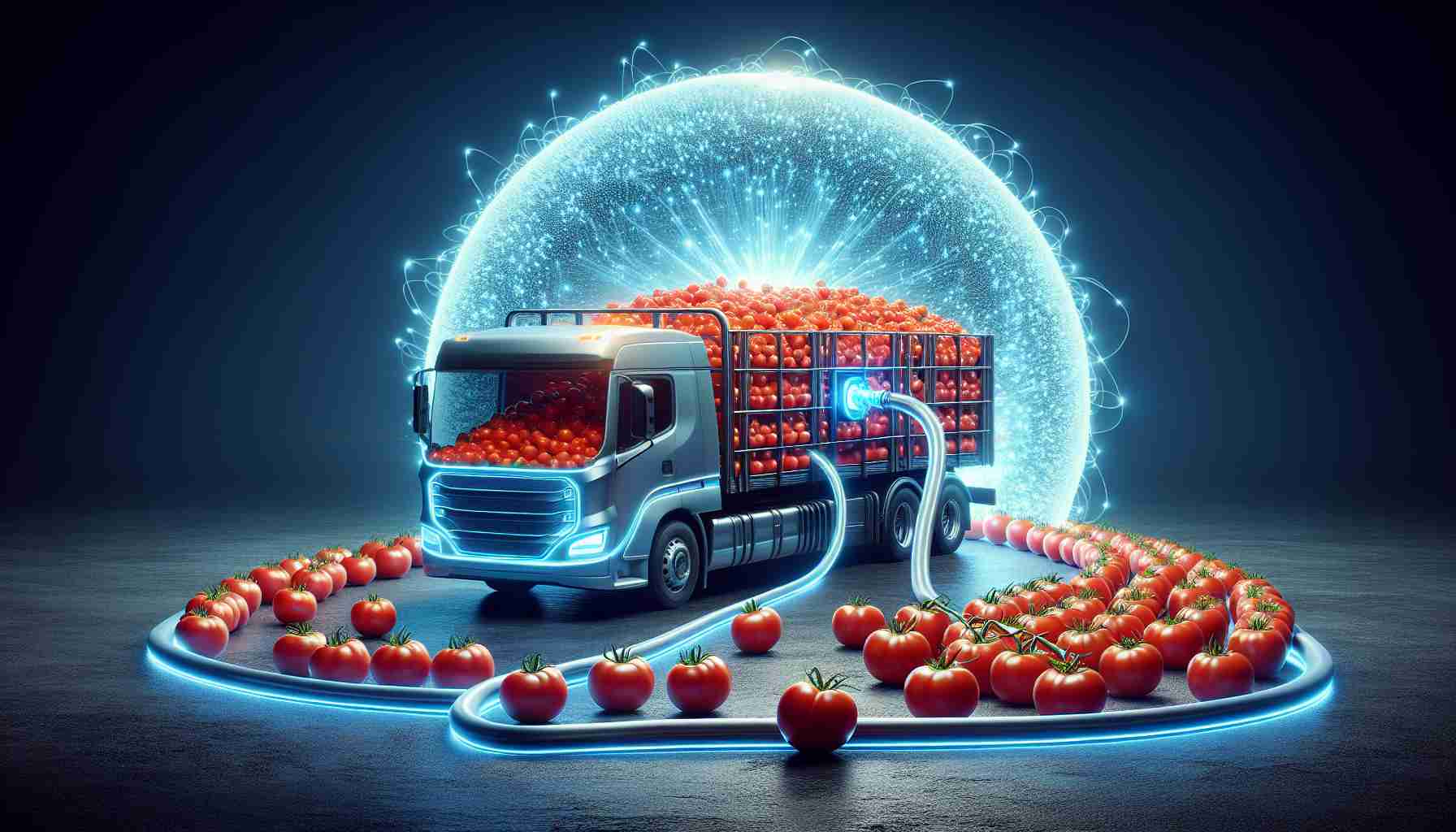
The future of renewable energy might just include tomatoes as a key player. A recent study from the University of Exeter explores how a massive 1 GW agrivoltaic system can generate hydrogen fuel for electric vehicles in countries like Australia, California, China, Nigeria, and Spain.
Researchers simulated the effectiveness of combining solar energy and agriculture to produce hydrogen at a levelized cost ranging from $3.90 to $8.13 per kilogram. This innovative system proposes using over two million bifacial solar panels set on a sprawling area of land, optimized for the cultivation of tomatoes, which emerged as the most suitable crop for such conditions.
Significantly, the analysis examined 125 different site configurations, measuring factors like profitability and efficiency. It revealed that Nigeria could expect the highest demand for hydrogen refueling, estimated at around 3.75 million uses annually, unlike Spain, where the expected use is slightly lower.
With this dual-use approach, the research aims to showcase how integrating agriculture with renewable energy can maximize land utilization and elevate local economies. The findings underscore the potential of agrivoltaic systems not only to produce clean fuel but to diversify agricultural income, heralding a new era in energy and food production. The benefits could be profound, offering sustainable solutions to pressing global challenges.
Tomatoes and Clean Energy: The Future of Agrivoltaic Systems
Introduction
Recent advancements in renewable energy have revealed innovative approaches to harnessing the power of the sun while simultaneously supporting agricultural practices. A notable study conducted by the University of Exeter has spotlighted the potential of agrivoltaic systems, specifically focusing on the cultivation of tomatoes alongside solar power generation to produce hydrogen fuel for electric vehicles (EVs) in various countries.
How Agrivoltaic Systems Work
Agrivoltaic systems integrate photovoltaic solar panels with agricultural crop production, aiming to optimize land use. This dual-purpose setup not only generates renewable energy but also allows farmers to cultivate crops simultaneously. The study analyzed configurations involving over two million bifacial solar panels across diverse terrains, designed explicitly for maximum efficiency in tomato cultivation.
Key Findings and Market Insights
1. Hydrogen Production Costs: The research estimated that the levelized cost of hydrogen production from this agrivoltaic system ranges between $3.90 and $8.13 per kilogram, making it a competitive alternative to fossil fuels.
2. Regional Demand Variability: Different regions exhibit varying demand forecasts for hydrogen refueling. Nigeria tops the list with an estimated 3.75 million refueling events annually, highlighting a significant market potential in developing nations for clean hydrogen technology. In comparison, Spain appears to have a comparatively lower demand, indicating regional disparities that might influence investment and development strategies.
3. Profitability and Efficiency: The study explored 125 site configurations, analyzing profitability and efficiency, showcasing that specific locations could yield better returns on investment. This knowledge allows stakeholders to make informed decisions on where to implement such systems effectively.
Environmental and Economic Benefits
The implications of agrivoltaic systems are profound. They provide numerous benefits that can enhance both economic stability and environmental sustainability:
– Maximized Land Use: By combining agriculture with solar energy production, these systems aim to maximize land efficiency, crucial in increasingly crowded urban environments.
– Diversified Agricultural Income: Farmers can diversify their revenue through the sale of hydrogen fuel, potentially increasing the viability of their farms.
– Promotion of Sustainable Practices: The study’s findings encourage a shift toward more sustainable and resilient local economies by integrating renewable energy production with agricultural practices.
Pros and Cons of Agrivoltaic Systems
Pros:
– Increased efficiency of land use.
– Additional revenue streams for farmers.
– Contribution to reducing carbon emissions through clean hydrogen production.
– Enhancement of local food security while generating renewable energy.
Cons:
– High initial investment required for the installation of bifacial solar panels.
– Specific crop suitability might limit agriculture diversity in some regions.
– Potential competition between land used for crop cultivation and solar panels.
Future Trends and Predictions
As the demand for clean energy solutions and sustainable agricultural practices intensifies, agrivoltaic systems are expected to grow. Innovations in solar technologies and plant genetics may further enhance the viability of crops like tomatoes within these frameworks.
Conclusion
The integration of agricultural practices with renewable energy production through agrivoltaic systems presents an exciting frontier for both energy and food production sectors. The potential benefits extend beyond mere electricity generation, promising enhanced agricultural resilience, economic growth, and a significant reduction in carbon footprints.
For more information on renewable energy innovations and future trends, visit Energy.gov.



